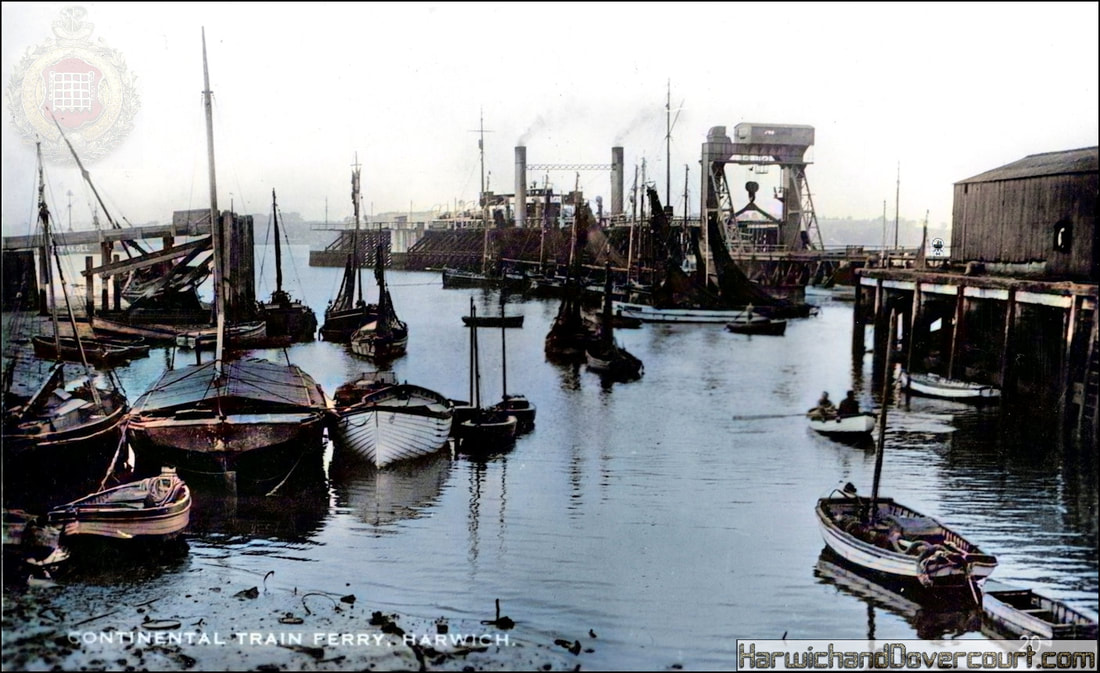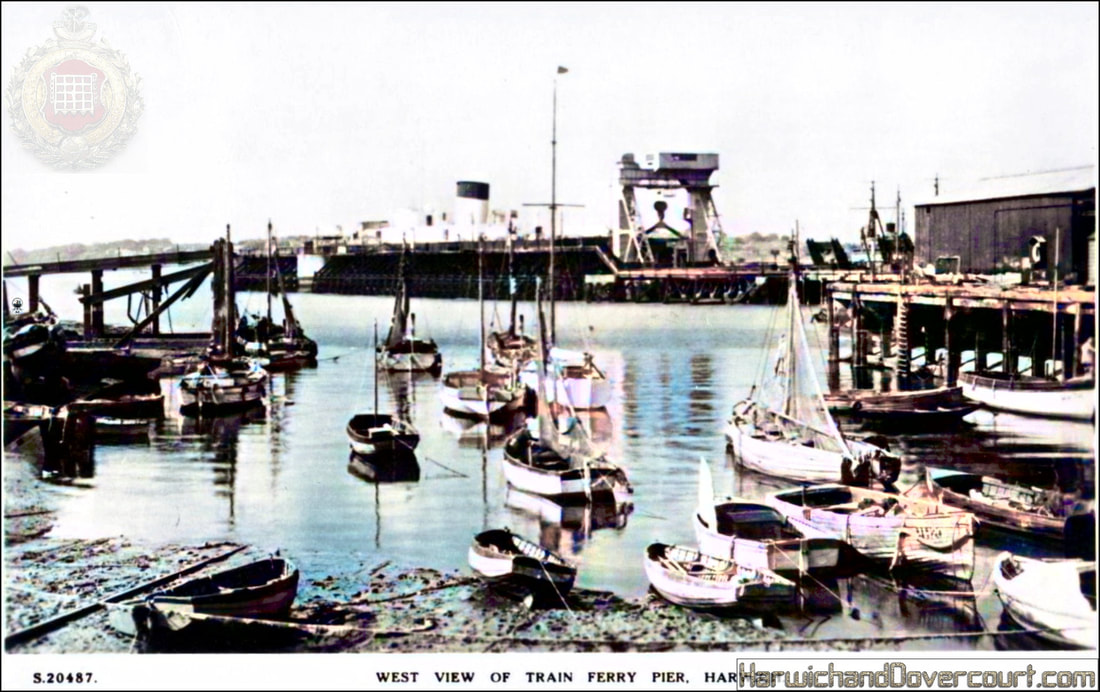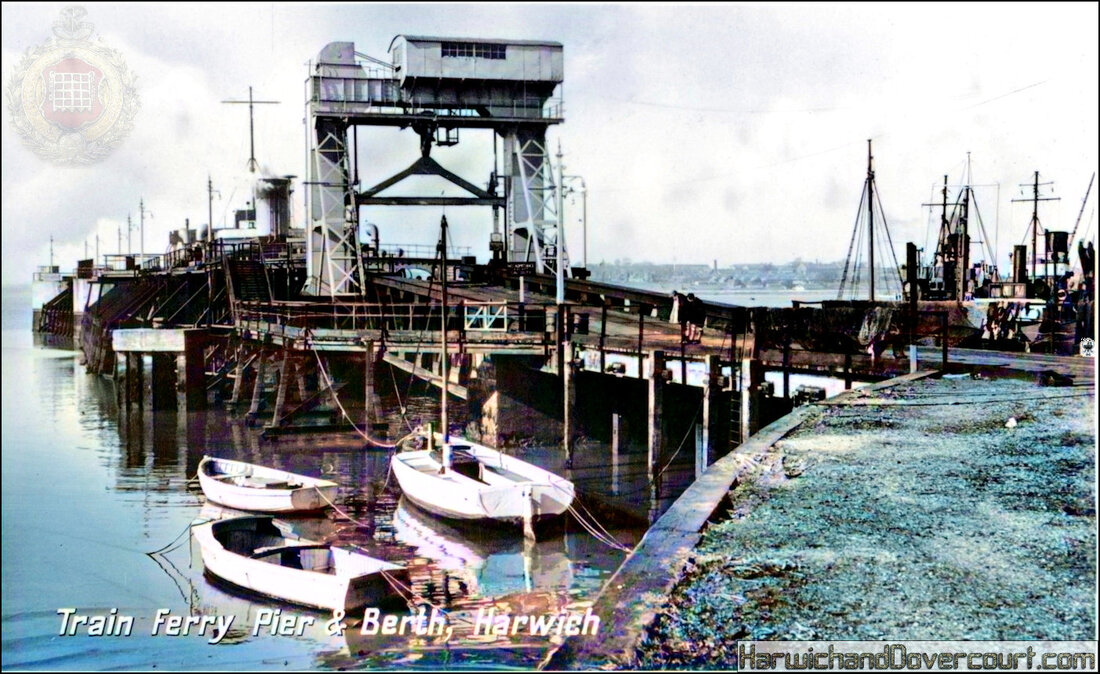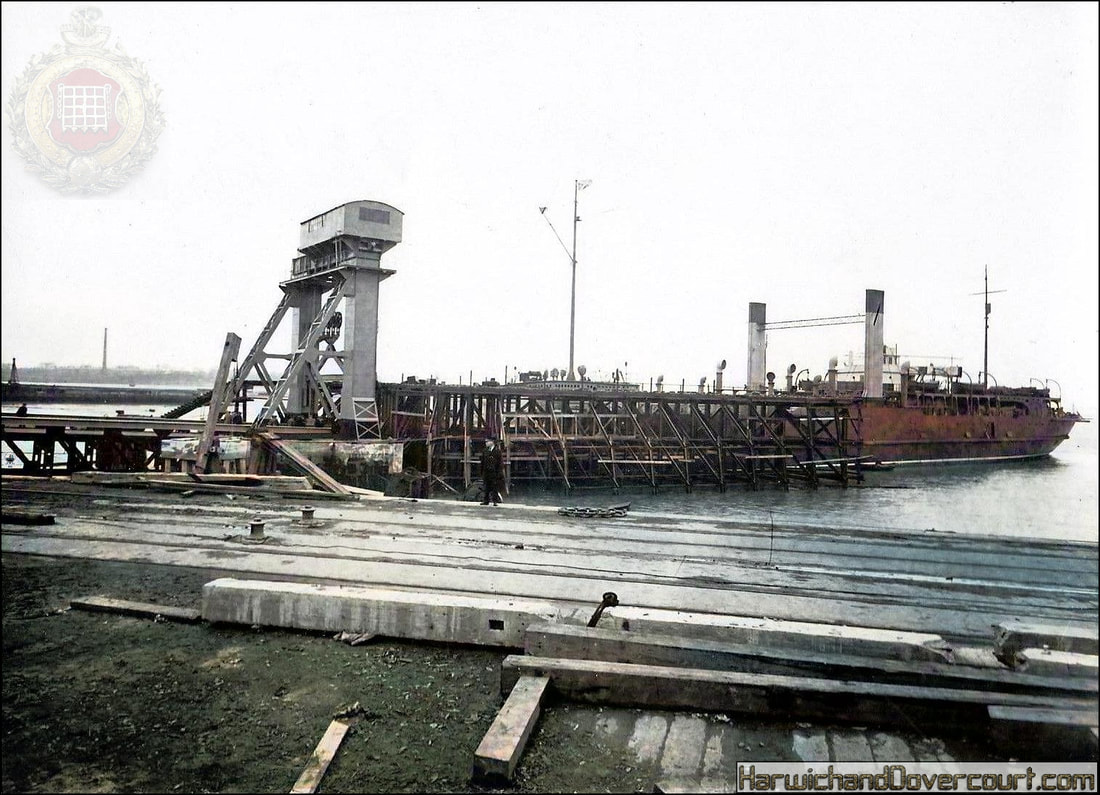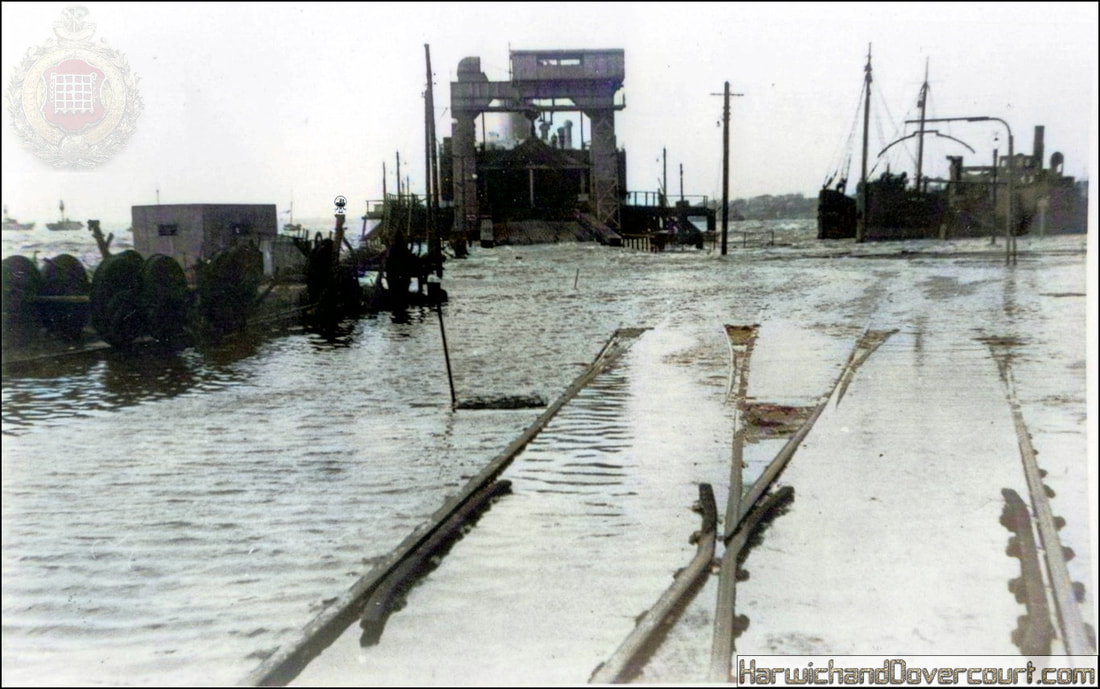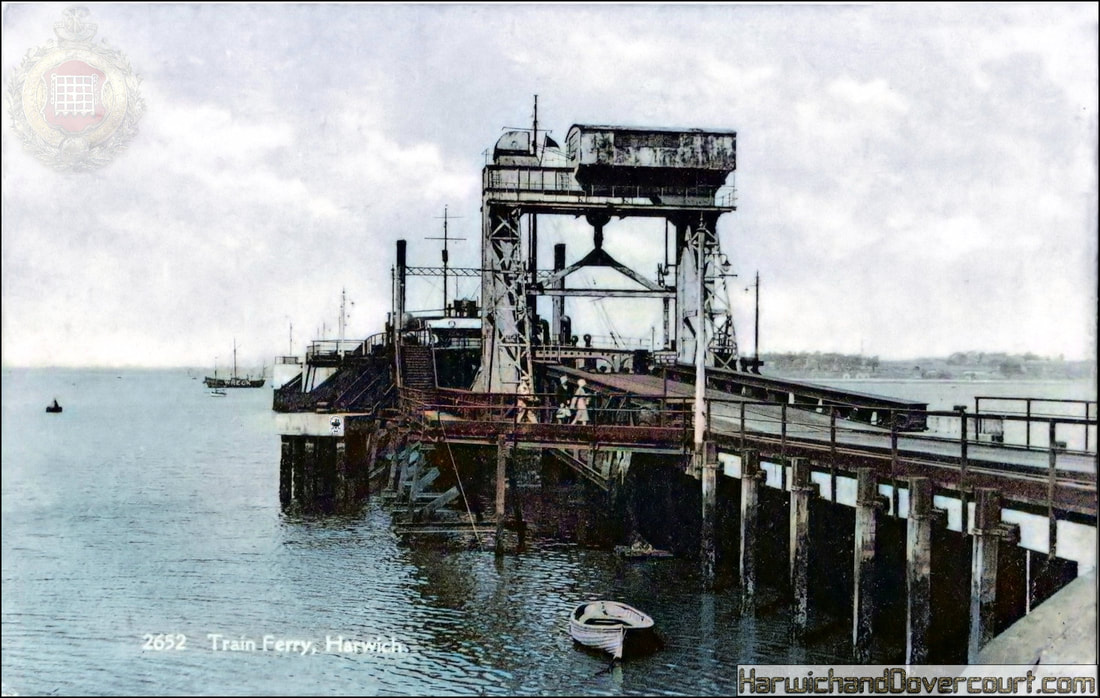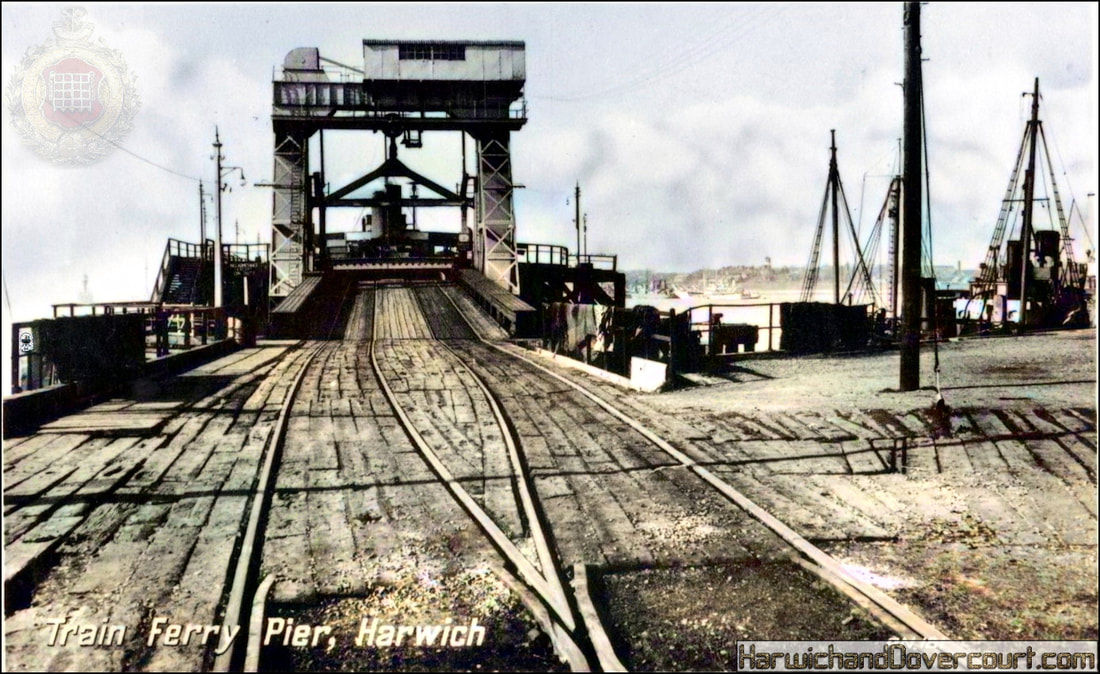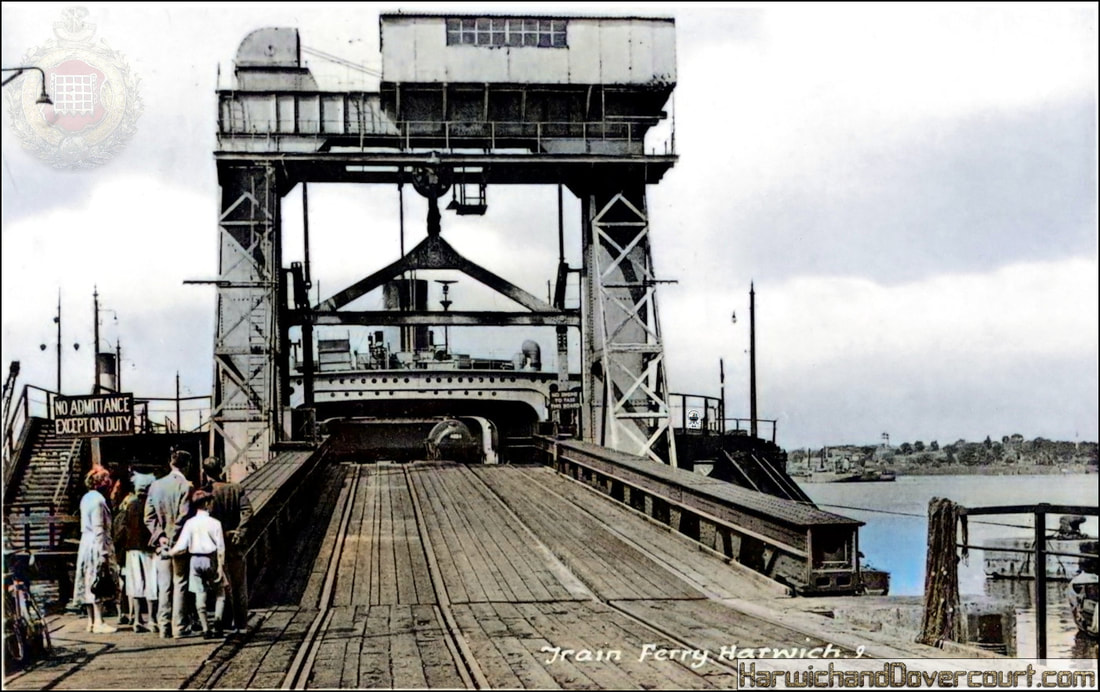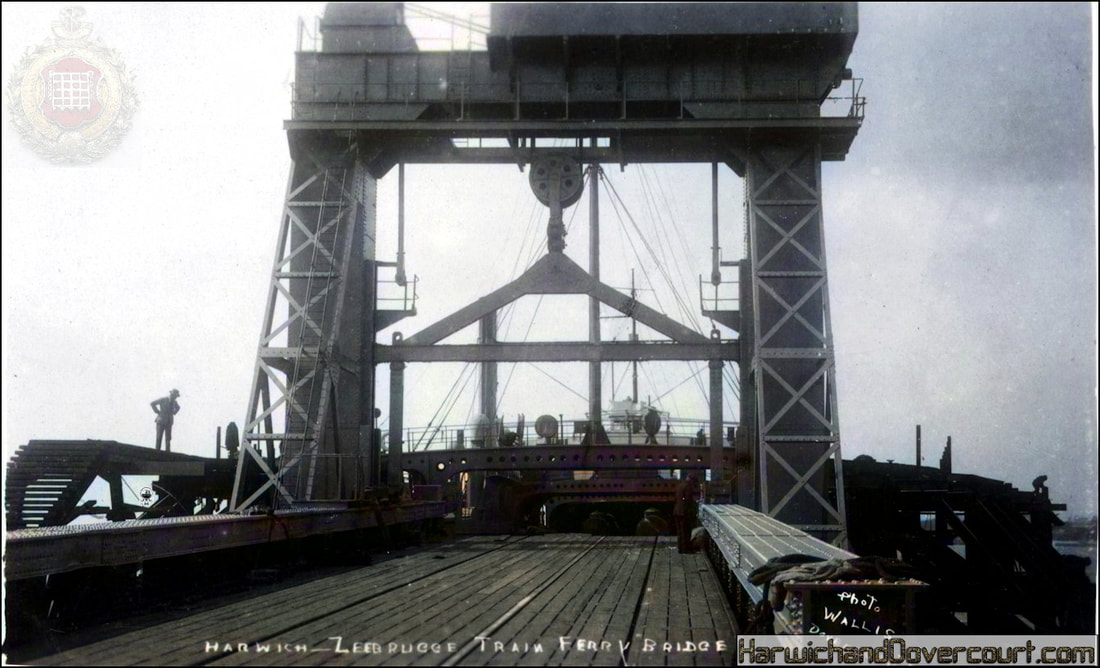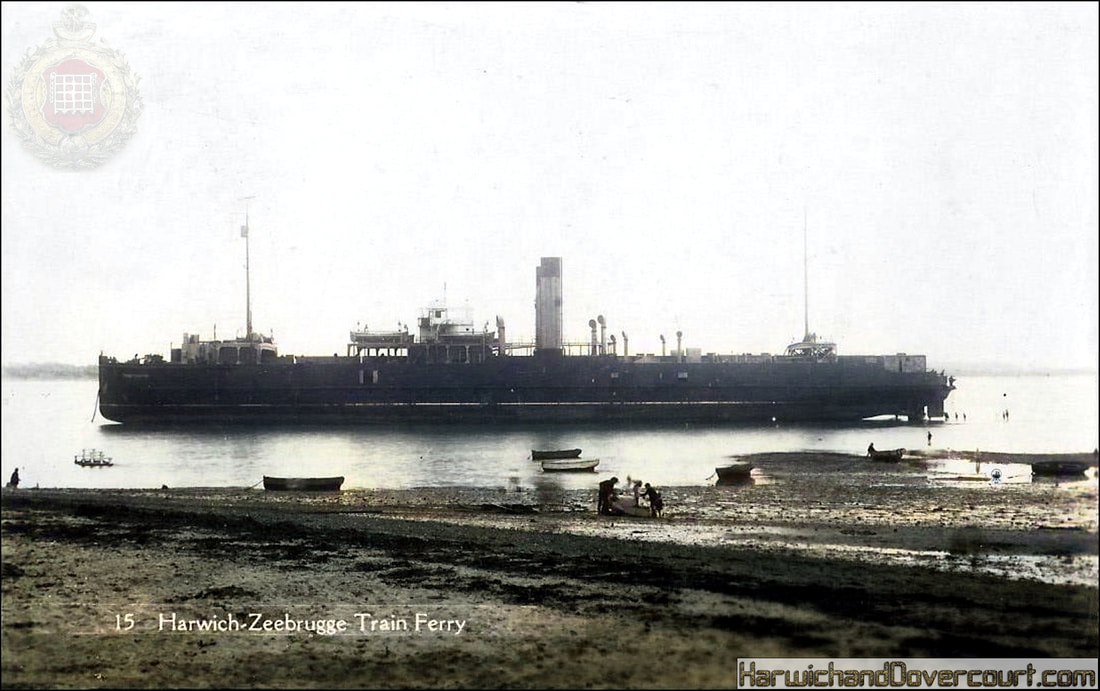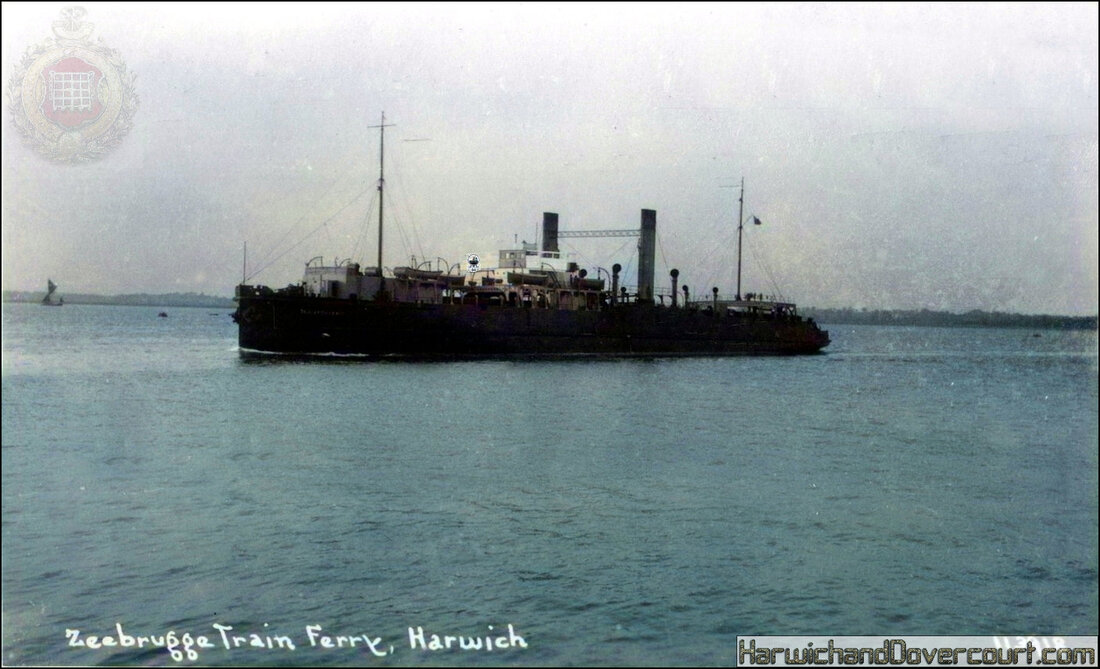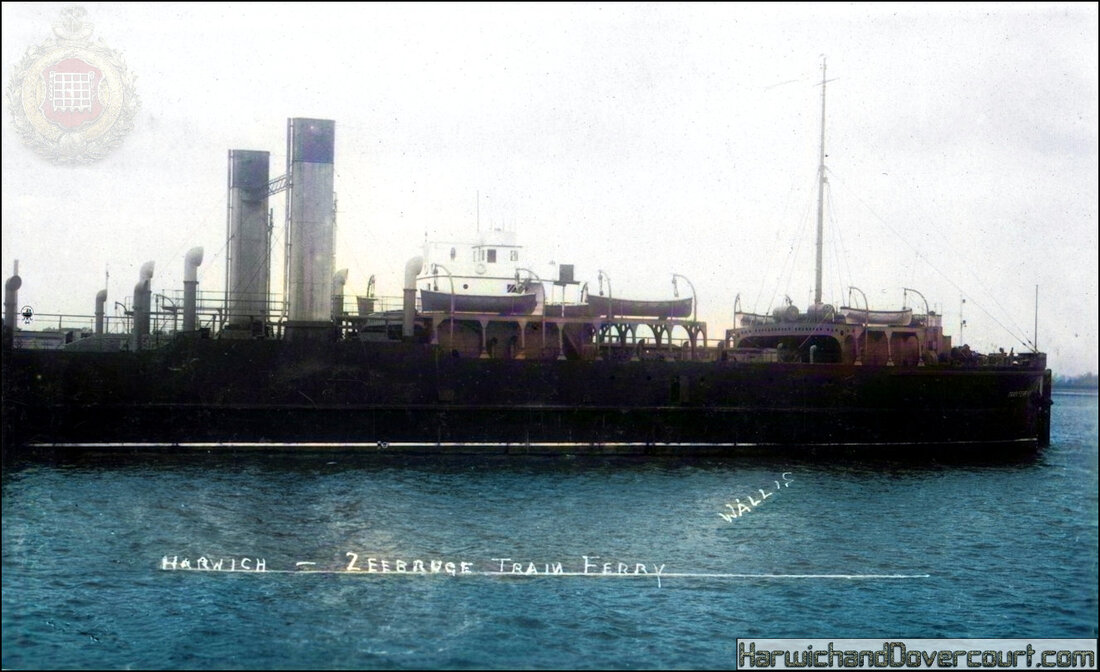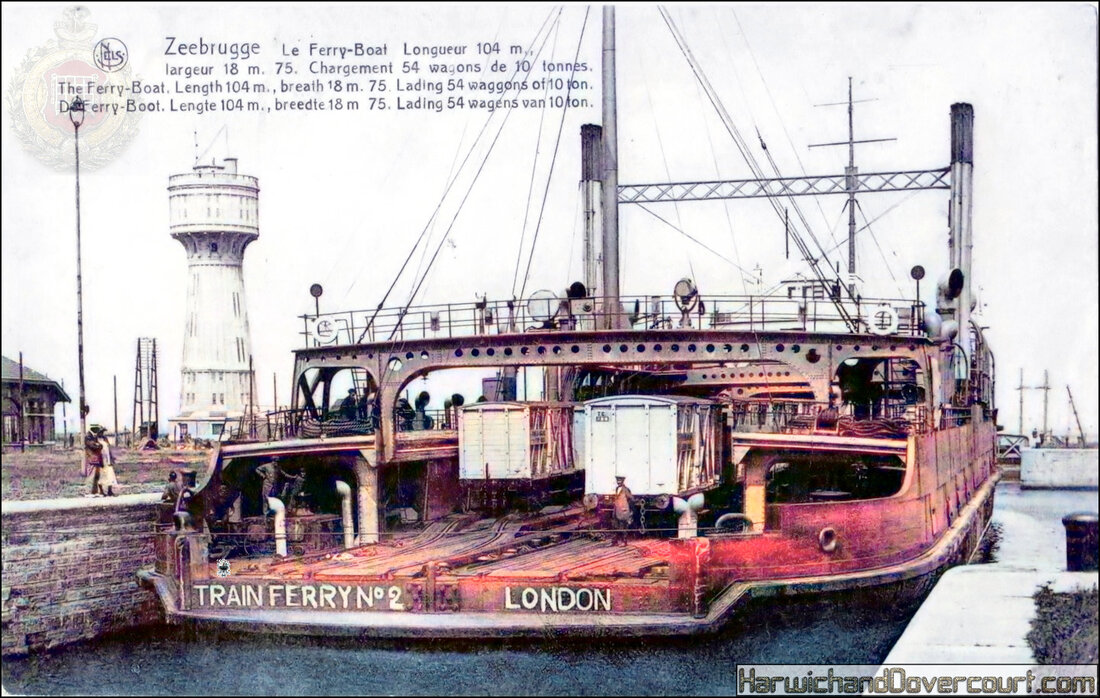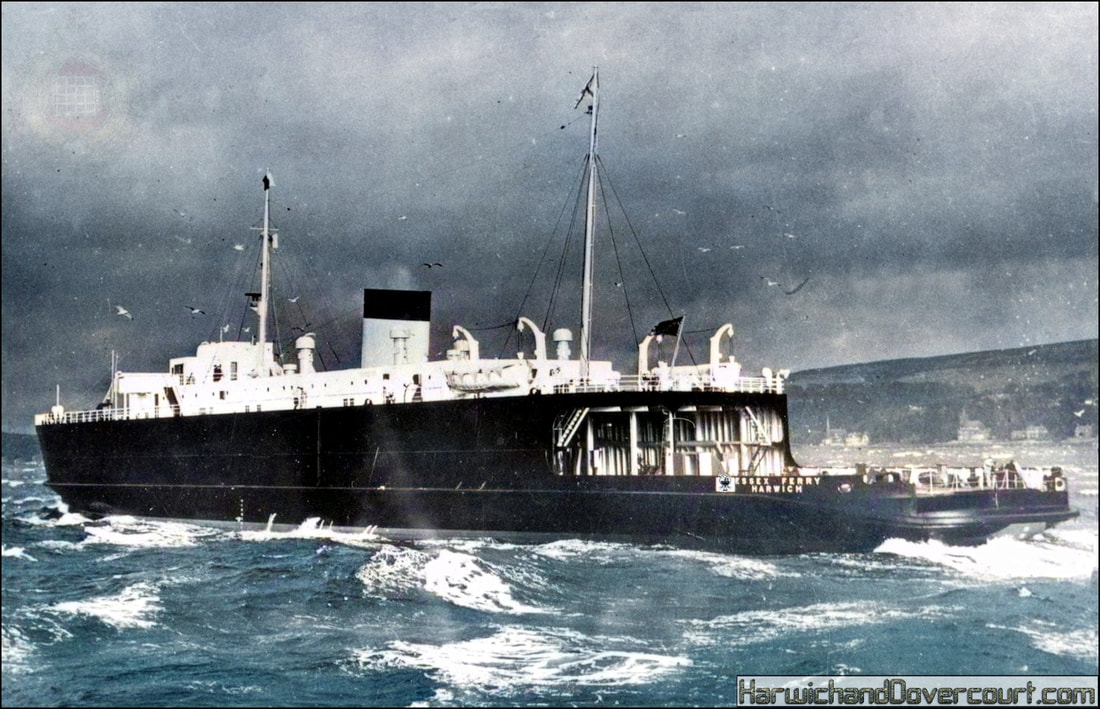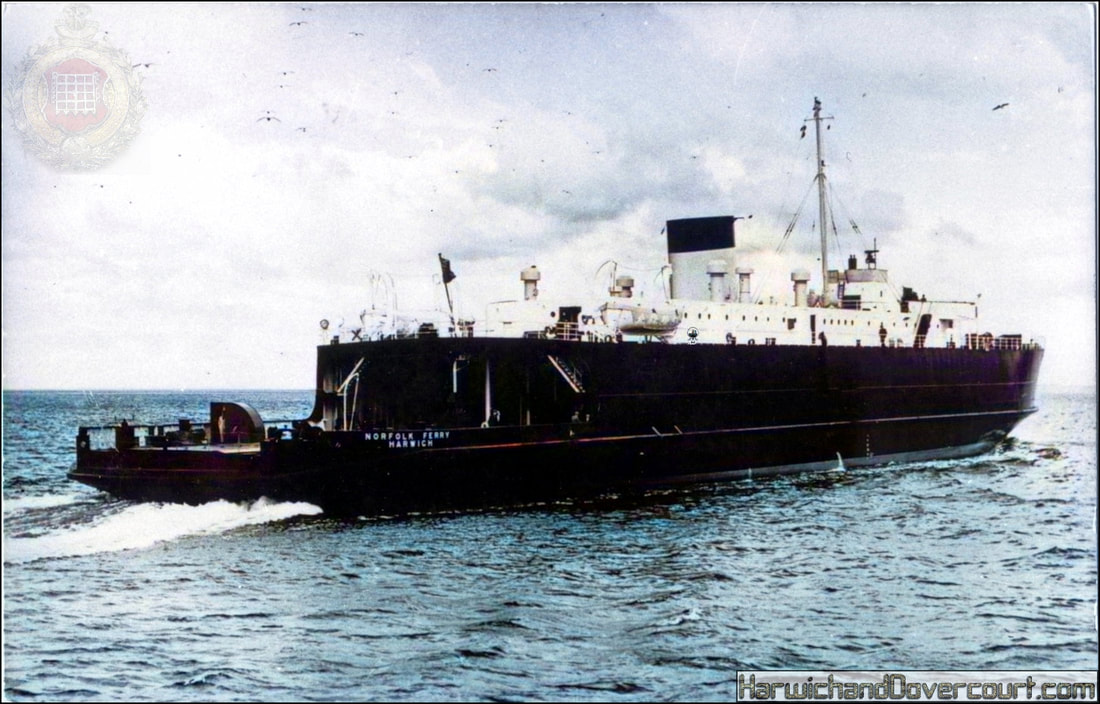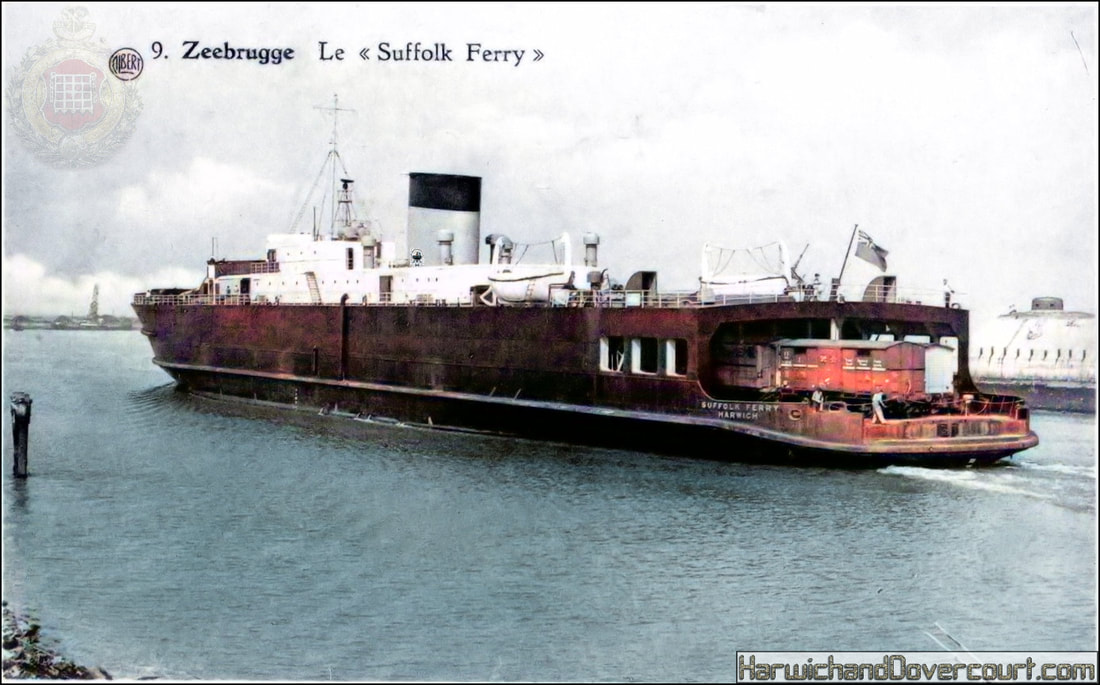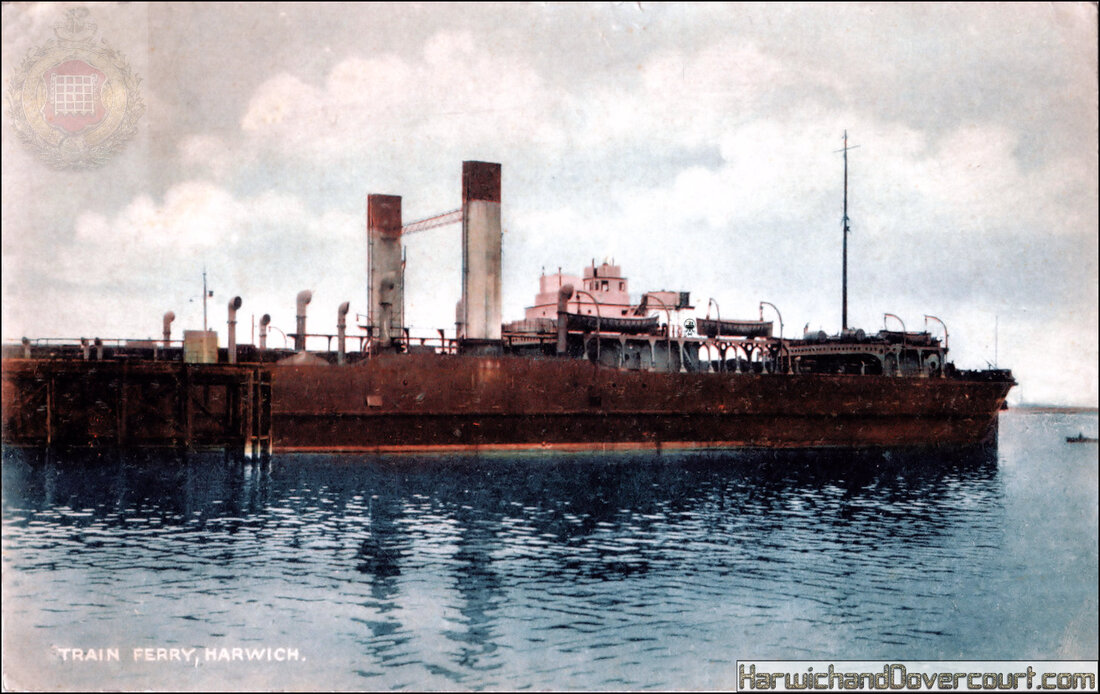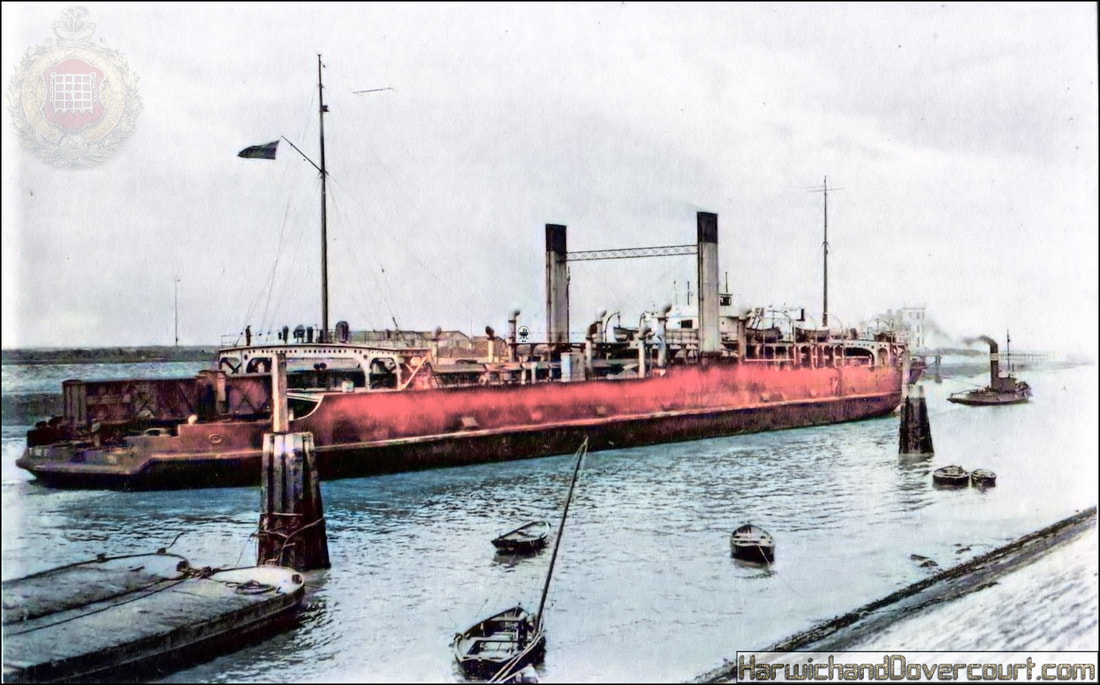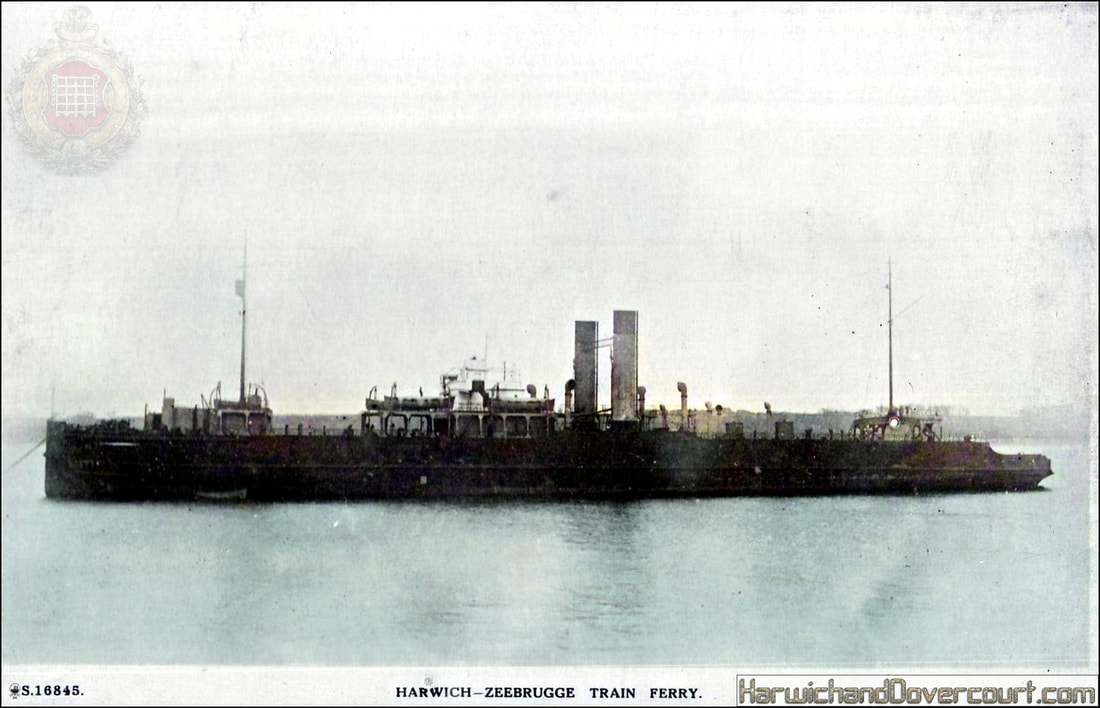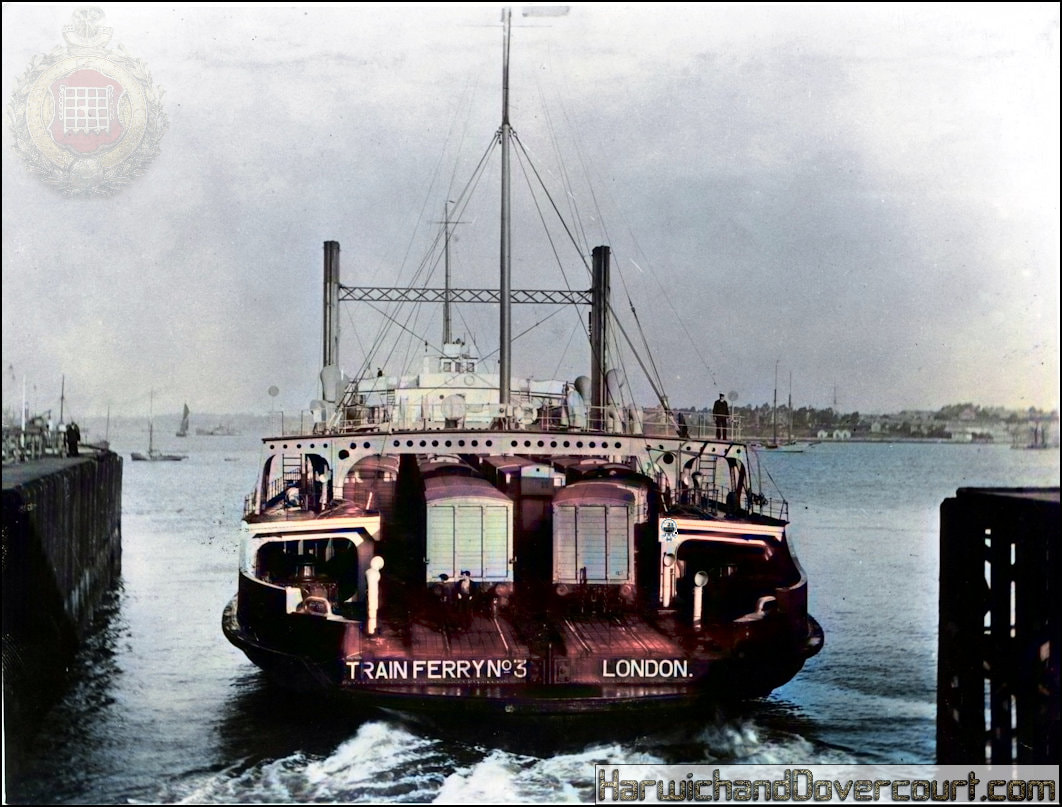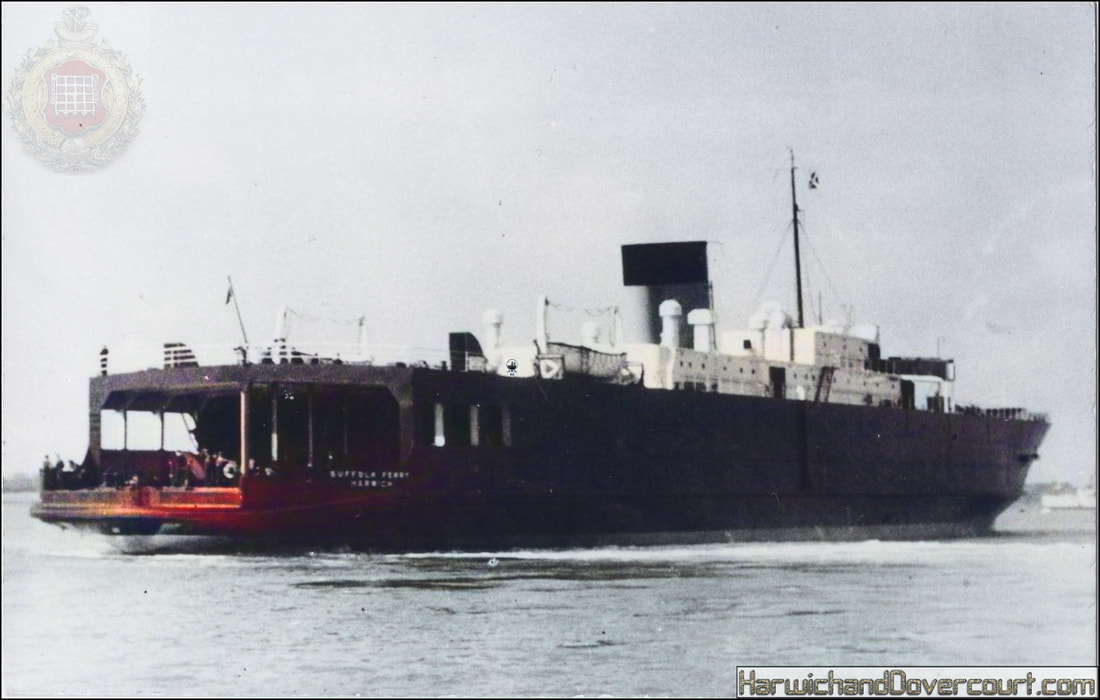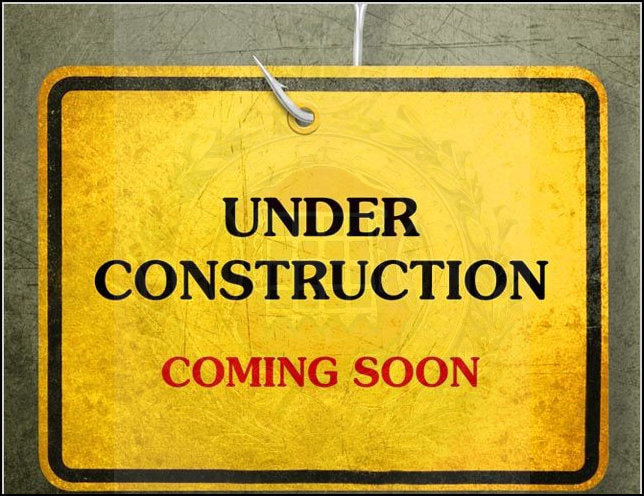~ The Harwich Train Ferry Terminal ~
The Train Ferry The Harwich Train Ferries - Harwich
The origins of the rail ferry service from Harwich lie in the Great War 1914 - 1918 and the need to be able to move locomotives and rolling stock from the UK into the continental rail networks. No rail ferry service had ever existed prior to the war. The need was met by the design of three train ferries on very utilitarian lines, and the commissioning of adjustable link-spans able to allow the careful alignment of tracks and acceptable gradients for transferring locos and wagons between ship and shore.
The origins of the rail ferry service from Harwich lie in the Great War 1914 - 1918 and the need to be able to move locomotives and rolling stock from the UK into the continental rail networks. No rail ferry service had ever existed prior to the war. The need was met by the design of three train ferries on very utilitarian lines, and the commissioning of adjustable link-spans able to allow the careful alignment of tracks and acceptable gradients for transferring locos and wagons between ship and shore.
~ 01 20 Continental Train Ferry, Harwich (1937) H&D ~
~ 02 S.20487 West View of the Train Ferry Pier, Harwich (1930) H&D ~
~ 03 Train Ferry Pier & Berth, Harwich (1952) Photo-Precision H&D ~
~ 04 Train Ferry & Pier, Harwich (1924) H&D ~
~ 05 The Train Ferry, Harwich Floods (1953) H&D ~
~ 06 #2652 Train Ferry, Harwich (1932) H.Coates H&D ~
~ 07 H.8. Train Ferry, Harwich (1957) M&L National Series H&D ~
~ 08 PN 181 Train Ferry Pier, Harwich (1950) Photo Precision H&D ~
~ 09 9 Train Ferry, Harwich (1956) M&L National Series H&D ~
~ 10 Harwich - Zeebrugge Train Ferry Bridge (Wallis 1924) H&D ~
The Train Ferry & it's Boats
The origins of the rail ferry service from Harwich lie in the Great War 1914 - 1918 and the need to be able to move locomotives and rolling stock from the UK into the continental rail networks. No rail ferry service had ever existed prior to the war. The need was met by the design of three train ferries on very utilitarian lines, and the commissioning of adjustable link-spans able to allow the careful alignment of tracks and acceptable gradients for transferring locos and wagons between ship and shore.
TRAIN FERRY No.1, No.2 and No.3 were built on the Tyne and Clyde and completed in November 1917. They were joined in 1918 by No.4, being a former train ferry operating across the St. Lawrence at Quebec. A terminal was established at Richborough on the River Stour below Sandwich, adjacent to a military camp. From there, services ran to Dunkirk, Calais, Dieppe and Boulogne at various times up to 1919, when all four ferries were laid up. No.4 was sold and converted to a tanker for Anglo-Saxon Petroleum (Shell).
In 1922, the GER and the Belgian Government agreed to buy the original three ferries and establish a service between GER's 'home port' of Harwich, and Zeebrugge. This led to Great Eastern Train Ferries Ltd. being established to operate the ferries, while La Société Belgo-Anglaise des Ferry Boats S.A. would control the rolling stock. The link-spans were relocated, the one for Harwich being in the town port rather than at Parkeston Quay, and the service began in 1924. However, it suffered the effects of the recession in the 1930's and Great Eastern Train Ferries Ltd collapsed in 1932, when the LNER took over the service.
The No.2 and No.3 ferries became war losses, leaving only No.1 to survive and be renamed ESSEX FERRY. Hence there was a need to build post-war replacements the first of which, SUFFOLK FERRY, was completed for the LNER in August 1947.
Built for the War Office service between Richborough and French ports, taken over by the Port of Queenborough Development Company and then by Great Eastern Train Ferries Ltd., which relocated the service to run between Harwich and Zeebrugge (and briefly to Calais). The service was taken over by the LNER in 1934.
